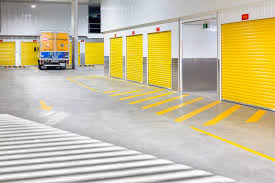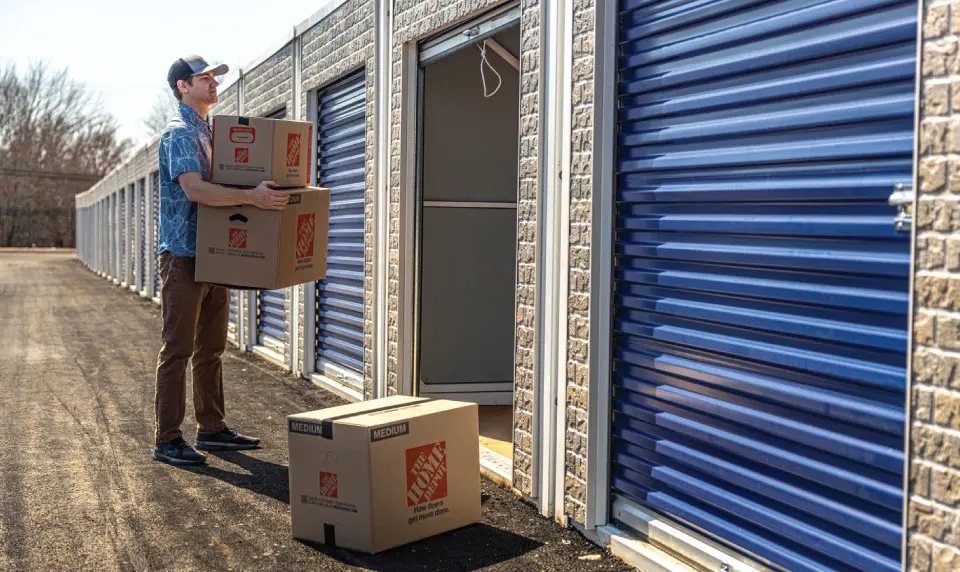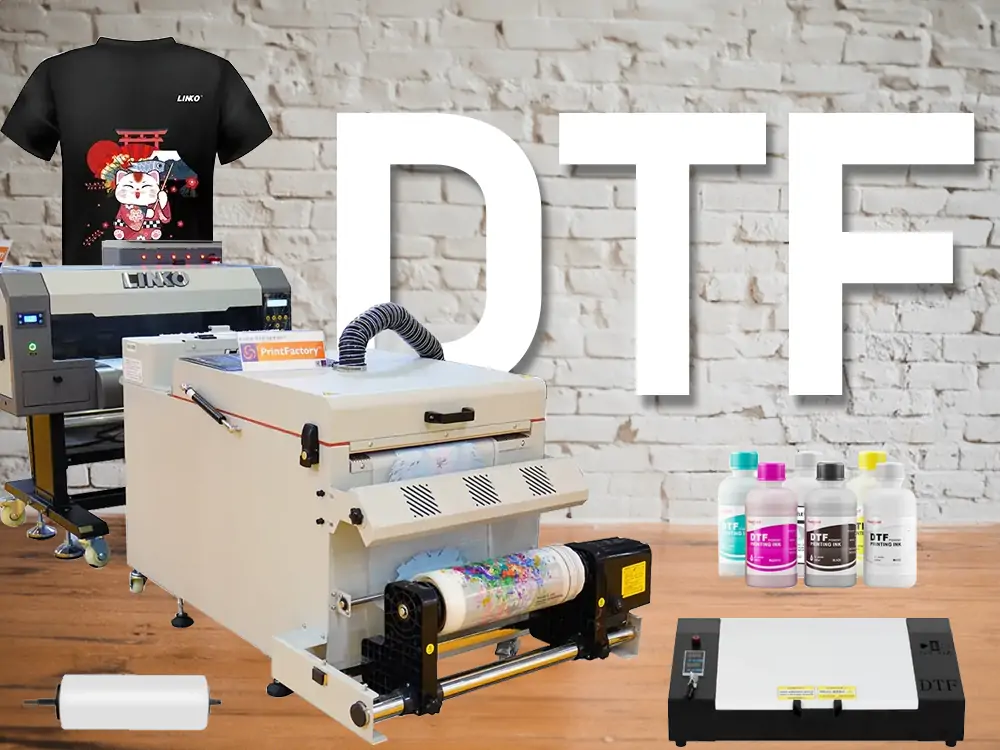If you’re considering self-storage investing, you’ve chosen a promising path with plenty of potential. Understanding market dynamics and customer needs is crucial. There are various unit types, each catering to different demands, and effective marketing can make all the difference. However, legal obligations and financial management can be complex. What do you need to know to navigate these challenges and maximize your returns? The answers could shape your investment strategy significantly.
Understanding the Self-Storage Market Dynamics
Understanding the dynamics of the self-storage market is crucial for anyone looking to invest in this thriving industry.
You’ll find that investing in a self storage unit offers several advantages, including lower start-up costs and high returns. The self storage business modelsare diverse, catering to various customer needs. During challenging economic times, self-storage remains resilient, capitalizing on people’s need for extra space. The industry’s projected revenue of nearly $40 billion highlights its potential profitability.
Additionally, self storage benefitsfrom increasing demand due to lifestyle changes like downsizing or relocation.
Types of Self-Storage Units and Their Features
As you explore the self-storage market, it’s important to familiarize yourself with the various types of self-storage units available.
The most common size is the 10×10 unit, which can hold up to three rooms of items. For smaller needs, consider 5×5 or 5×10 units that typically accommodate one room’s worth. Larger options like 10×25 or 10×30 units can hold five or more rooms. Drive-up units offer easy access, while indoor access units provide added security. If you’re storing sensitive items, climate-controlled units are popular for maintaining temperature and humidity. Additionally, vehicle storage units cater specifically to cars, boats, or RVs.
Understanding these options helps you meet different customer needs effectively.
Effective Marketing Strategies for Self-Storage Facilities
Effective marketing strategies can significantly boost the visibility and occupancy rates of self-storage facilities.
Start by identifying your target customer, typically within a 3- to 5-mile radius. Tailor a marketing plan that aligns with their needs. Create a user-friendly website and ensure your business is verified on Google Business. List your units on popular storage advertising sites like SpareFoot. Leverage social media for outreach and consider launching referral programs to encourage word-of-mouth. Regularly update your advertisements and maintain strong communication with potential tenants. Implement visible security measures to build trust. Lastly, collect reviews from satisfied customers to enhance your reputation.
With these strategies, you can effectively attract and retain tenants for your facility.
Legal Obligations and Insurance Needs in Self-Storage
Marketing your self-storage facility is only part of the equation; you also need to navigate the legal landscape and ensure your insurance needs are met.
Start by purchasing a storage facility insurance policy that covers property damage and liability; expect to pay around $400 to $700 annually. It’s crucial to require renters to obtain insurance for their units, typically costing $15 to $30 monthly. Your lease agreements should include specific clauses covering unit details, liability limits, and storage restrictions. Familiarize yourself with lien rights, late fees, and zoning laws, as these can vary by state.
Staying updated on changing regulations is essential to maintain compliance and protect your investment effectively.
Financial Management and Tax Considerations for Investors
Understanding financial management and tax considerations is crucial for investors looking to thrive in the self-storage industry. Keep accurate records of transactions, including rent payments, invoices, and expenses.
Differentiate between repairs, which are operating expenses, and improvements that can be depreciated over time. Utilize cost segregation to accelerate depreciation of property components, maximizing your tax benefits. Consult a CPA to explore additional deductions, like bonus depreciation and energy-efficiency incentives. Proper tax filing ensures compliance and can lead to significant savings.
Monitor your cash flow closely, as it’s vital for sustaining operations and planning for future investments. By mastering these financial aspects, you’ll set yourself up for success in self-storage investing.
Conclusion
In conclusion, self-storage investing offers a promising opportunity for those looking to dive into real estate. By understanding market dynamics, knowing the different types of units, employing smart marketing strategies, and staying compliant with legal requirements, you can set yourself up for success. Don’t forget to manage your finances wisely and consider tax implications. With the right approach and careful planning, you can reap the rewards of this thriving industry. Happy investing!
Read Also:- mikewolfepassionproject.com































Leave a Reply